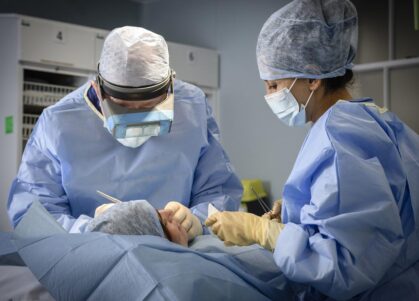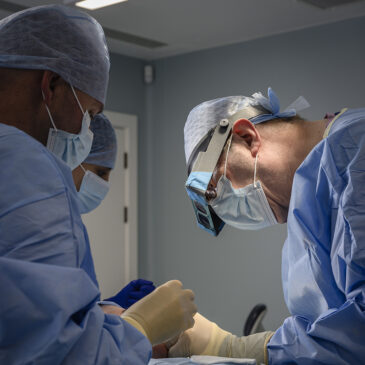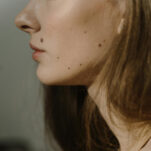Surgical Interventions
Basal cell carcinomas usually require minor surgery, while squamous cell carcinoma and early-stage melanoma can often be treated with minimal intervention. However, all cases benefit from being treated by a consultant who goes beyond just performing surgery. Our surgeons possess expertise in cosmetic techniques, carefully considering aesthetic outcomes in every step of the surgical process.
The skill involved in initially removing the cancerous lesion plays a significant role in determining the need for reconstructive surgery. This is particularly crucial for more advanced cancers, where extensive tissue removal may be necessary to ensure a complete cure.
While removing the cancer is the primary focus, returning to normality and regaining confidence in one’s appearance is a natural and important goal. Our skin cancer surgeons are committed to helping patients achieve this.
Reconstructive Techniques
Tailored Approaches to Reconstruction
Reconstructive techniques vary depending on the individual case, and are often used in combination to achieve the best outcome. Each patient’s cosmetic needs are unique, but certain approaches are commonly used.
Skin Grafting
Skin grafts involve carefully lifting a patch of healthy skin from a donor site on your body to repair the area where the cancer was removed. Small grafts typically involve both the epidermis (outer layer) and the dermis (deeper layer). For larger grafts, thinner layers of skin may be used, allowing the donor site, such as the thigh, to heal more quickly.
Flap Surgery
Flap surgery involves raising a flap of tissue that remains attached to its original blood supply, which is then moved to cover the surgical site. This can be done using local flap surgery, where nearby tissue is relocated, or free flap surgery, where tissue is transplanted from another part of the body and connected to blood vessels using microsurgery.
Post-Surgery Recovery
All reconstructive surgeries are performed by experienced consultants in safe, controlled conditions. Healing generally proceeds smoothly, although proper care and cleanliness are important for the best results.
We will discuss the best way to care for your healing wound, manage any pain, and handle the removal of stitches or the replacement of dressings as needed.
Long-Term Follow-Up
Ongoing follow-up care may be recommended to ensure optimal healing, check for signs of recurrence, or monitor for new skin conditions. Regular check-ups are essential in maintaining the health of your skin and ensuring a successful recovery.
Providing you with the information and support you need throughout and after treatment is a vital part of the recovery process. If you have any questions or concerns, please don’t hesitate to get in touch with our team to learn more about how we can help.







